Photos are at 1, 3, 5, 7, and 9 days after the eggs were laid.
Each frame is approximately 3 millimeters across, except the last which is 6 millimeters across.

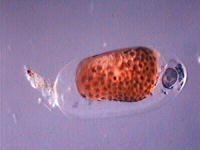
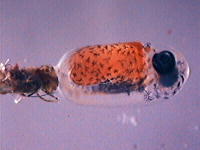
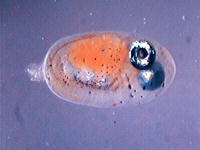
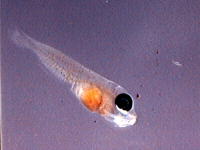
Each frame is 1.0 millimeter across.

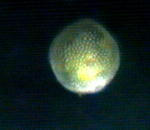
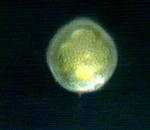
Note that only some of the color difference is real, I'm still in the process of setting up a decent photo system.
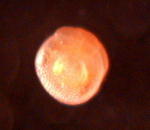
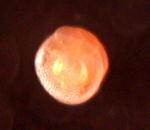
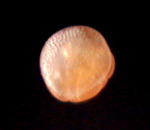
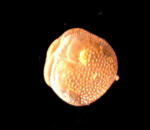
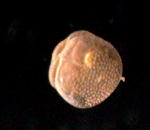
This is the Reader's Digest version (85 Kbytes).
Successive frames in the movie are about ten days apart.

Successive frames in the movie are one day apart.

Shown is Acropora microphthalma, provided by Dr Bruce Carlson. The original fragment was taken from a colony about 30 feet across in 45 feet of water on the fore reef slope of Pacific Harbour, Fiji, in 1990.
The aquarium is 1,000 gallons, with Florida live rock and live sand, protein skimming, 1600 Watts of light, sporadic water changes (Instant Ocean) averaging about 5% per month. All makeup is with kalkwasser dosed over the night, additives include iodide and strontium.
A video camera was mounted to the aquarium, and a picture was taken each day and digitized. Software then put the individual frames together into this movie.
The movie shows a small region of the entire tank (roughly about six inches across where much of the corals are). Most of the snail shells are actually inhabited by hermit crabs. The background of the upper right is the view of the far wall, through the tank and five feet of water, its color changes are due to room lighting changes. The coral in the upper left all mount on a rock which changes position due to a large urchin underneath it. The blur that grows at the bottom right is a colony of Pocillopora damicornis in the foreground.
Note that through the entire year, some branches never grow while others
grow right out of the view, in a couple instances tips are broken off
during maintenance but recover quickly, and some new branches form after
little growth for an extended period of time.